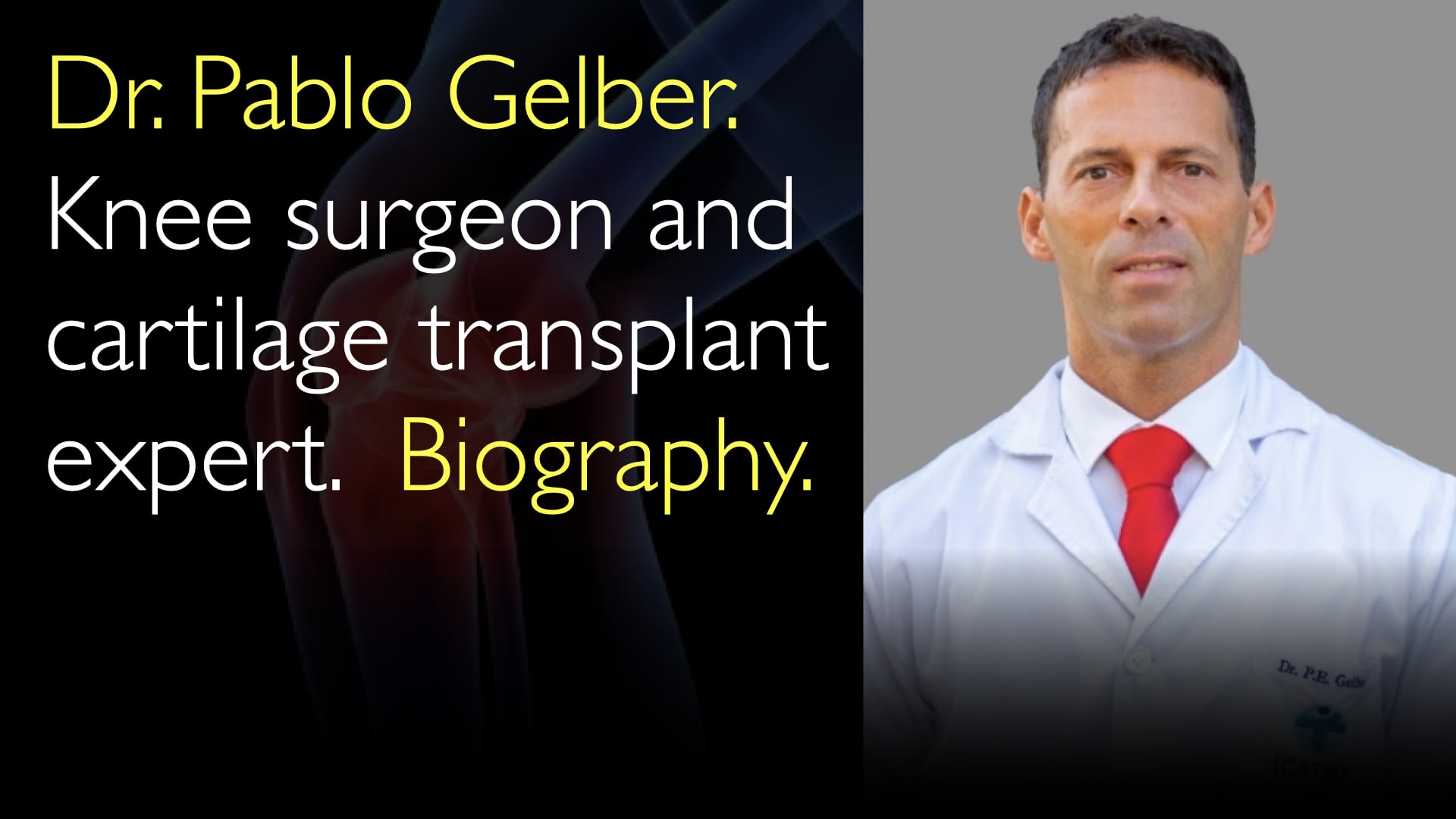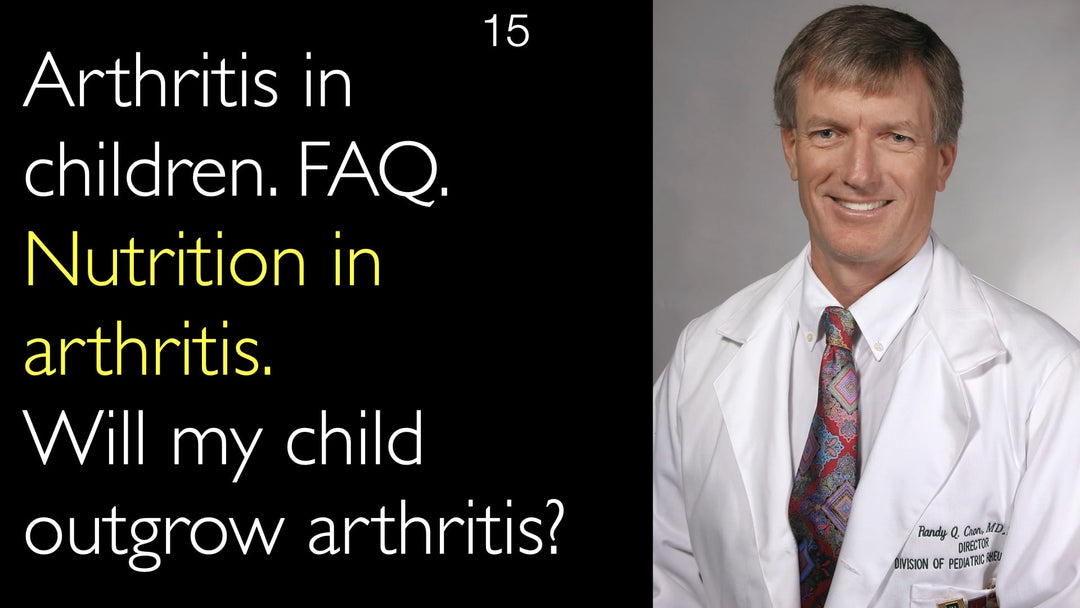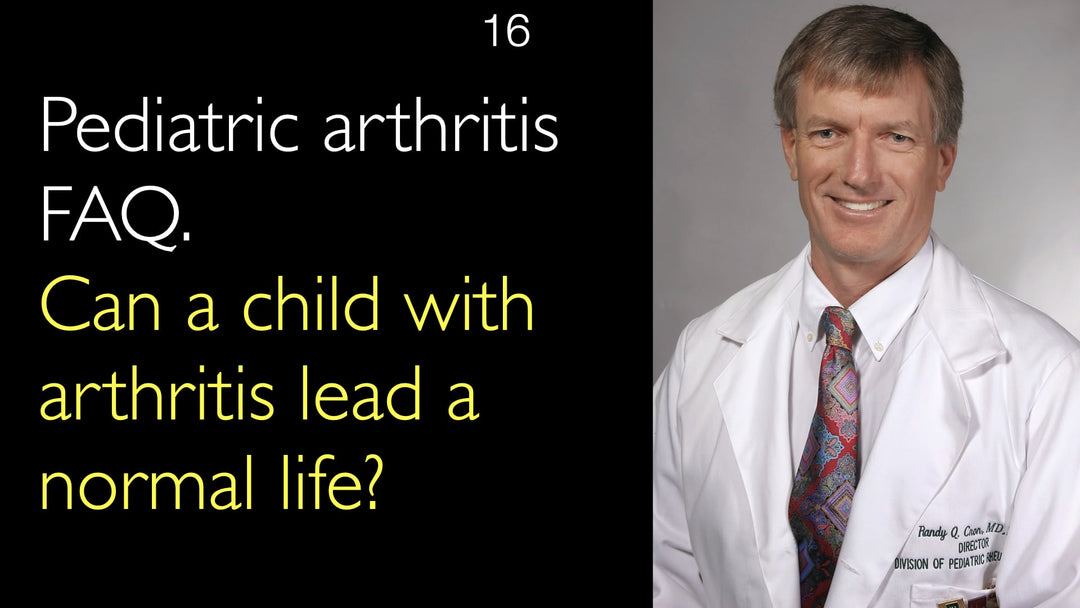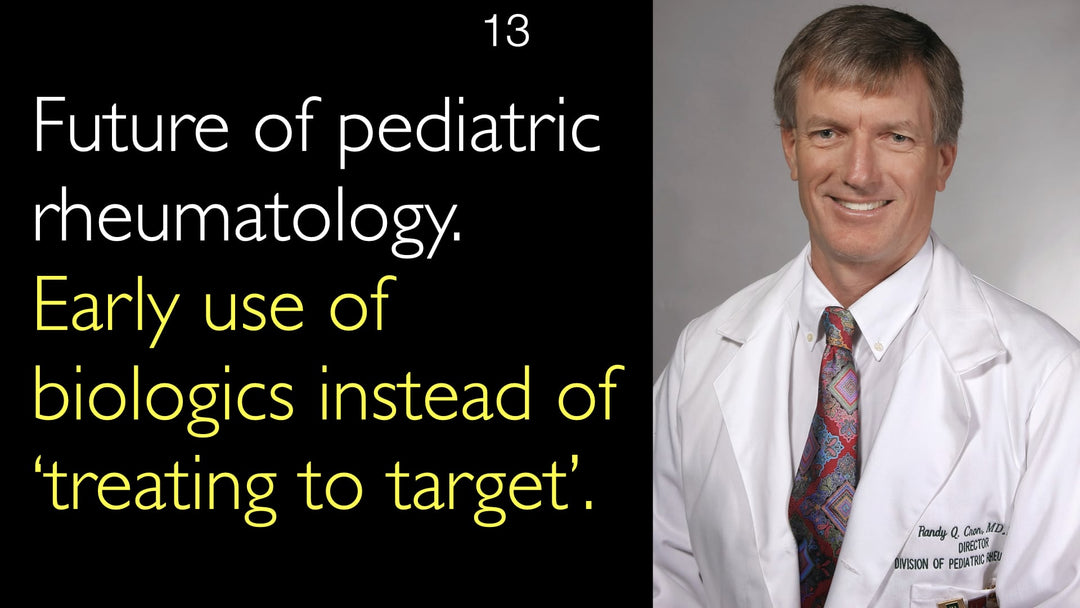Leading expert in knee trauma and minimally invasive surgery, Dr. Pablo Gelber, MD, explains how personalized treatment plans are essential for meniscus tears, ligament injuries, and cartilage damage. He details the critical role of biological solutions like cartilage transplantation to delay knee replacement in younger, active patients, while also clarifying when partial or total joint arthroplasty becomes the necessary "metal solution" for severe, localized osteoarthritis.
Personalized Knee Injury Treatment: From Biological Repair to Joint Replacement
Jump To Section
- Tailored Treatment Philosophy for Knee Trauma
- The Role of Metal Solutions in Knee Injury
- Cartilage Transplantation Fills a Critical Gap
- Partial Knee Replacements for Localized Damage
- Why Surgeons Avoid Knee Replacement in Young Patients
- Prosthesis Failure and Higher Revision Rates
Tailored Treatment Philosophy for Knee Trauma
Dr. Pablo Gelber, MD, emphasizes that a one-size-fits-all approach is ineffective for knee trauma. He states that each patient requires a specifically tailored treatment plan based on their unique condition, age, and activity level. This philosophy is crucial for addressing complex knee injuries involving the meniscus, ligaments, and cartilage.
Dr. Pablo Gelber, MD, explains that a torn knee ligament in a 20-year-old athlete demands a completely different strategy than the same injury in a 50-year-old individual. For a young patient, an autologous cartilage graft transplantation—using the patient's own tissue—might be optimal. For an older patient, an allogenic transplantation from a donor could be a better biological solution. This personalized decision-making process involves thousands of variables to ensure the best long-term outcome.
The Role of Metal Solutions in Knee Injury
While focused on biological and conservative treatments, Dr. Pablo Gelber, MD, confirms that "metal solutions" like knee replacements have a definitive role in the treatment algorithm. He performs all types of knee surgeries worldwide and does not rule out arthroplasty when it is the most appropriate option for the patient's specific disease condition.
These metal solutions become necessary when other treatments have failed or are not viable. For some patients, cartilage transplantation is not an option, creating a significant gap in care. In these scenarios, moving directly to a knee replacement is the only way to restore function and alleviate pain, making it a vital tool in a surgeon's repertoire.
Cartilage Transplantation Fills a Critical Gap
Dr. Gelber identifies fresh osteochondral allograft transplantation as a key biological treatment that fills a critical gap in knee injury care. This procedure is designed for patients who are too young for a metal knee replacement but for whom other conservative treatments are insufficient or have failed.
This advanced technique involves transplanting healthy cartilage and bone from a donor into the damaged area of the patient's knee. It effectively delays the need for a prosthesis, buying valuable time for younger, active individuals. Dr. Pablo Gelber, MD, highlights this as a cornerstone of his practice to provide longer-term solutions beyond short-term fixes.
Partial Knee Replacements for Localized Damage
Not all metal solutions involve a total knee replacement. Dr. Pablo Gelber, MD, describes partial knee replacements as a less invasive option for patients with severe osteoarthritis confined to a single compartment. The knee has three compartments: medial, lateral, and patellofemoral (anterior).
When damage is isolated to one area, a surgeon can perform a unicondylar knee arthroplasty (for the medial or lateral side) or a patellofemoral arthroplasty (for the kneecap). These procedures preserve healthy bone and tissue from the unaffected compartments, offering a more conservative metal solution with a faster recovery for suitable candidates around 50 to 55 years of age.
Why Surgeons Avoid Knee Replacement in Young Patients
A primary goal in treating knee trauma in younger patients is to delay a metal solution for as long as possible. Dr. Gelber defines "young" as patients in their 40s, 50s, and early 55s. The reluctance is not because knee replacements are ineffective but because they are not designed to last a lifetime under high-demand conditions.
Younger individuals place significantly more stress on their joints through work, sports, and daily activities. Implanting a prosthesis in this demographic almost guarantees the need for a complex revision surgery later. Therefore, Dr. Gelber's philosophy is to seek longer-term biological treatments first, saving joint replacement for when it is truly the last resort.
Prosthesis Failure and Higher Revision Rates
The finite lifespan of a knee prosthesis is a major factor in avoiding early implantation. Dr. Pablo Gelber, MD, uses an analogy: using a knee joint in a young patient is like driving a high-performance car on a highway at high speed, leading to quicker wear and tear. In contrast, an older patient uses their joint more like a car driven slowly in the city.
This overuse leads to a much higher revision rate in a shorter time. While a prosthesis might last 15-20 years in an older adult, it will likely fail much sooner in a 50-year-old. This higher risk of failure and the complexity of revision surgery are the two main reasons Dr. Gelber and his colleagues prioritize biological repair and minimally invasive options for active patients with knee trauma.
Full Transcript
Dr. Anton Titov, MD: You see people with knee meniscus trauma, patella trauma, or knee ligament injury. You help patients to avoid knee replacements. What situations do minimally invasive surgery methods offer an advantage over "metal solutions" in knee injury treatment? When might "metal solutions" actually be better for patients with knee trauma? Are there such situations?
Dr. Pablo Gelber, MD: Yeah, something that I consider very, very important from a doctor’s point of view is that you should not offer only one kind of specific treatment. As I said before, each person requires different treatment. I’m not saying that I am not offering a "metal solution." I perform all kinds of treatments that are being performed worldwide in the knee.
But you may only, for example, perform treatment of meniscal injuries or knee ligament injuries. Then a patient comes to you and also has some concomitant knee joint injury that needs to be treated. Maybe a patient needs an osteotomy to realign the lower extremity. Or perhaps a patient has a very severe cartilage problem at the same time.
You need to perform some kind of treatment for the knee cartilage, let’s say, cartilage transplantation. Or you even have to do a total knee replacement, which can also be performed concomitantly with ligament or meniscal injuries. So again, I think it is more correct to tailor a specific treatment for each specific condition.
It is not the same if you have a knee ligament torn when you’re 20 years old as when you are 50 years old. Age difference in patients matters in the real world. For example, in a 20-year-old patient, a surgeon could perform an autologous cartilage graft transplantation. It is a cartilage graft taken from the patient himself.
On the other hand, if you are 50 years old, perhaps you can get allogenic cartilage transplantation. That’s just an example of the differences that you have to take into consideration for each patient with knee trauma or ligament injury. There are thousands of different variables that you have to consider to offer this kind of treatment for a knee injury.
We try, of course, to focus more on conservative treatments and biological treatments of the knee. We have to delay as much as we can a "metal solution" or knee replacement. But that doesn’t mean that "metal solutions" do not have a role in knee trauma problems.
There are also some patients with knee trauma; in some situations, patients cannot use different kinds of specific treatment methods. We cannot offer cartilage transplantation to some patients. That is a gap in the treatment algorithm of knee ligament, meniscus, and other knee joint injuries.
Then perhaps you go from nothing to a "metal solution" or knee replacement. So the good thing is to have this kind of biological treatment with a fresh cartilage allograft. Osteochondral allograft transplantation fills a gap in those patients who are not old enough to go for "metal solutions" or knee replacements.
And you can offer this kind of treatment, fresh cartilage allograft. Again, I think this is just to sum up my philosophy. Each patient needs a specifically tailored and fine-tuned treatment for a knee injury.
Dr. Anton Titov, MD: When we say "metal solutions," what do we mean apart from a total knee replacement? What are other kinds of common hardware-related treatments for knee injury?
Dr. Pablo Gelber, MD: We consider a total knee replacement in a young patient mainly when there is a failure of the different treatments. Because the least we want to do is to perform a total knee replacement in a young patient. By "young patient," we are talking about age 40, 50, 55-year-olds.
But the total knee replacement doesn’t mean that they are the only "metal solution." There are also so-called partial knee replacements. With partial knee replacement, we mean that not all the knee joint needs a metal resurfacing.
Just to have a general idea about knee anatomy, the knee has three compartments: lateral, medial, and anterior. So if you have severe osteoarthritis in only one part of the three knee areas, you can perform a partial replacement. It could be a unicondylar knee arthroplasty. It could be lateral, medial, or patellofemoral knee arthroplasty.
Patellofemoral arthroplasty is performed for the kneecap, the patella, and the femur. So those are the relatively less invasive treatments that can be offered in a localized knee injury. You don’t have to be so concerned to provide this unicondylar knee arthroplasty in people who are around 50 or 55 years of age.
Again, in younger patients than those ages, we still prefer not to do total or partial knee replacement. It is not only because we just don’t want it. There are two main reasons for not performing "metal solutions" in young patients.
We all know that "metal solutions," knee prostheses, need to be replaced after some years of use. That’s obvious. Some people say that 10, 15, 20 years is how long a knee replacement prosthesis lasts. But if we go to knee replacements in younger patients, the revision rate is much higher.
Revision happens in a shorter and shorter time because that’s obvious. You use the knee joint more if you are 50 than if you are 70 years of age. If you have a car, you just drive it slowly on the street, in the city. But if you have a nice car, a Ferrari or something like that, you go to the highway, and you speed up a lot, and you use it much more.
So the risk of failure of replaced knee joint increases because of overuse. Use of knee joint is much higher in younger patients. That’s why we try to avoid knee replacements. It is not because total or partial knee replacement is not a good solution in the short term or medium term.
But for younger patients, we are trying to offer not short-term solutions to their knee problems, but longer-term treatment options.








